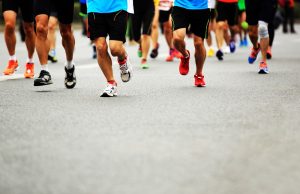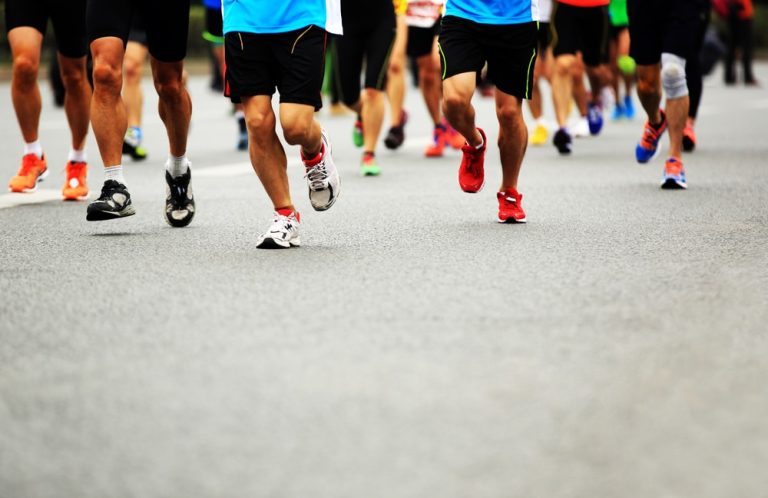The importance of rest days plays a vital part in every fitness journey regardless of whether you’re an amateur or an experienced athlete. The inclusion of rest days in your exercise routine will not only help prevent injuries and burnout, but it also helps your body to heal and build up strength efficiently. This article examines the scientific basis behind rest days and offers strategies to maximize their benefits.

The Importance of Rest Days
- Muscle Recovery
When you work out for a long time, your muscles’ fibers suffer microscopic damage that triggers the body’s natural healing process. This process, referred to as protein synthesis, helps rebuild damaged fibers to make they stronger as well as more able to stand up to the stress of the future (2). Rest days give your body the needed time to repair and strengthen. In the absence of rest, it can result in an overtraining program, diminished muscle growth and an higher risk of injury (3).
- Central Nervous System (CNS) Recovery
The CNS plays an essential role in coordination of muscle movements and keeping the balance. Exercise that is intense can lead to CNS fatigue, which leads to decreased muscle activation, diminished motor control, and decreased efficiency (4). The inclusion of rest days in your schedule allows the CNS to heal, ensuring the best performance in the next workout.
- Hormonal Balance
The physical stress of exercise induces the release of cortisol which is a hormone that regulates our body’s responses to stress. Cortisol plays an important role in the early phases of recovery, prolonged increase due to overtraining can adversely affect the growth of muscles and general well-being (5). The rest days help cortisol levels to fall back to their normal levels, which promotes the maintenance of a healthy hormone balance.
Psychological Benefits
Apart from the physical benefits, resting days can provide vital mental breaks, helping to prevent burning out and encouraging long-term commitment to your fitness regimen. The benefits of rest days are that they decrease the likelihood of suffering from overtraining-related syndrome, which is characterized by symptoms such as mood swings or chronic fatigue as well as reduced productivity (6).
Maximizing the Benefits of Rest Days
- Active Recovery
Although complete rest may be required, active recovery can aid in the healing process, without causing more stress on your body. Activities that are low-intensity, like swimming, walking or gentle yoga will improve blood circulation and increase the flow of nutrients to muscles, leading to faster recovery.
Active recovery can take many forms. Examples are:
- Walking walking is a non-impact exercise that can increase blood circulation and loosen muscles that are tight.
- Swimming It is a low-impact, all-body exercise that can reduce the soreness of muscles and assist in recovering.
- Yoga: Yoga incorporates breathing, stretching as well as relaxation techniques to improve flexibility and ease stress.
- Foam rolling The process of rolling foam is a self-massage method that helps relax tension in muscles and improve mobility.
- Cycling cycling is a low impact sport that can improve blood flow and lessen muscle soreness.
- Stretching: Stretching can increase mobility and flexibility as well as decreasing muscle tension.
- Training with light resistance: Gentle resistance can increase blood flow to muscles and aid in recovery.
- Pilates: Pilates is a low-impact exercise that can improve balance, posture along with core power.
It’s crucial to keep in mind that the ideal method for active recovery will be determined by your fitness level, your preferences and the kind of exercise you’re recovering from.
- Schedule regular rest days
Include rest days in your exercise routine, and aim for at least once a week. This will allow your body the chance to heal and will help avoid injuries and burnout.
- Pay attention to your body
If you’re tired or sore, or if you’re suffering from pain, it’s crucial to rest for a for a day or two in order in order to let your body recuperate fully.
- Take into consideration including restorative practices into your routine
Meditation, massage or a relaxing bath can help to promote relaxation and recuperation on rest days.
- Make sure to spend your rest days focusing on hydration and nutrition
Rest days are a good opportunity to focus on proper nutrition and hydration, which are essential for recovery.
- Set rest days according to your objectives
The amount and frequency of rest days that you are allowed to take will vary based the fitness objectives you have set, your your fitness level and the intensity of your workout.
Be aware that rest days are an crucial to any fitness program making time to rest will allow you to reach your goals faster and securely in the long term.










